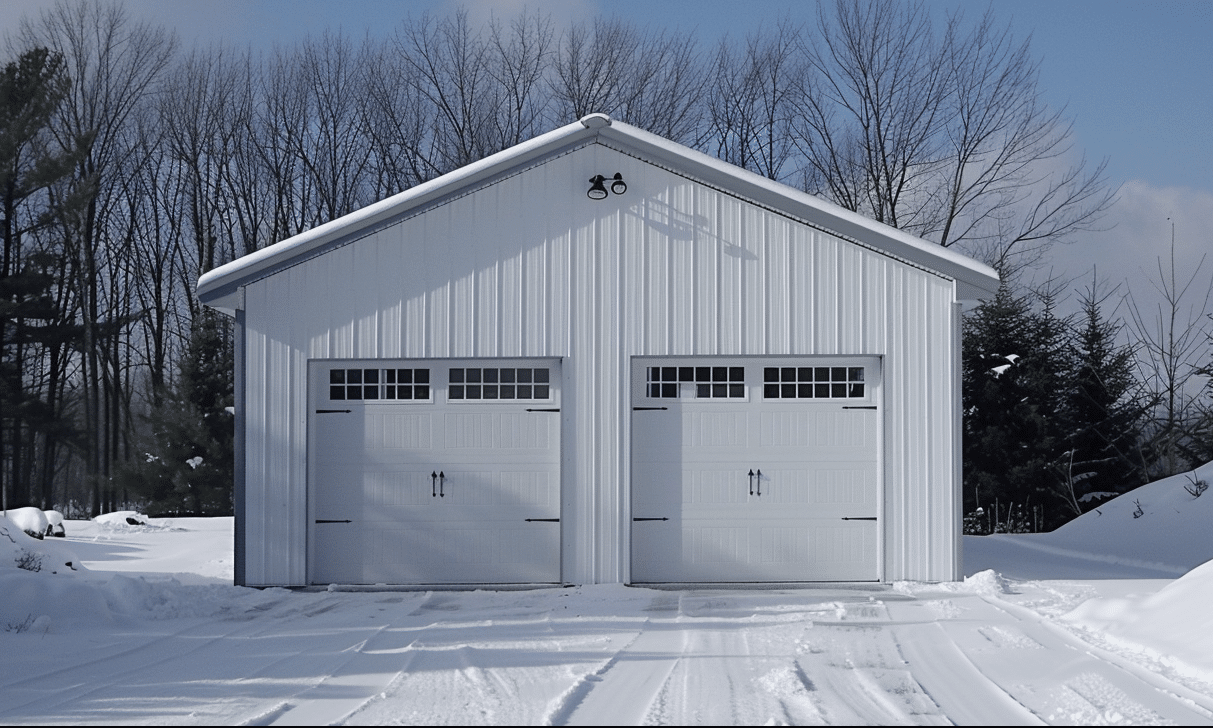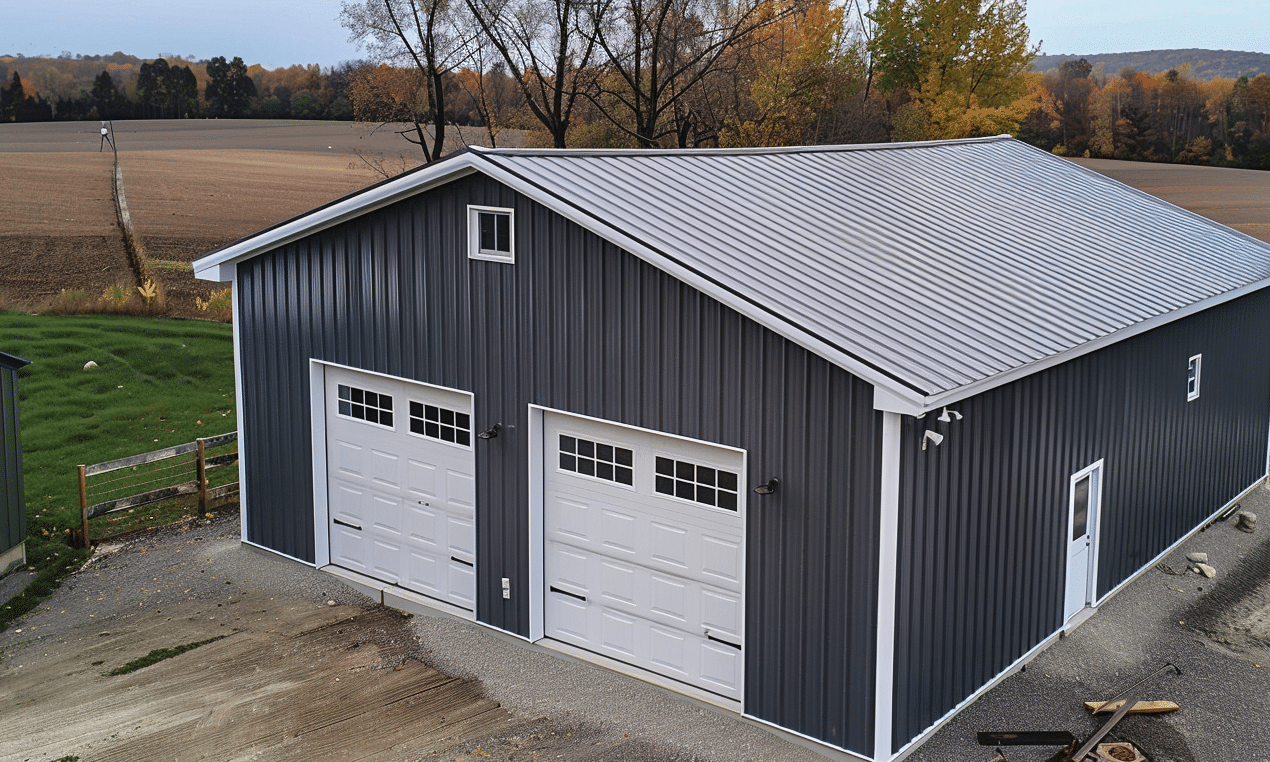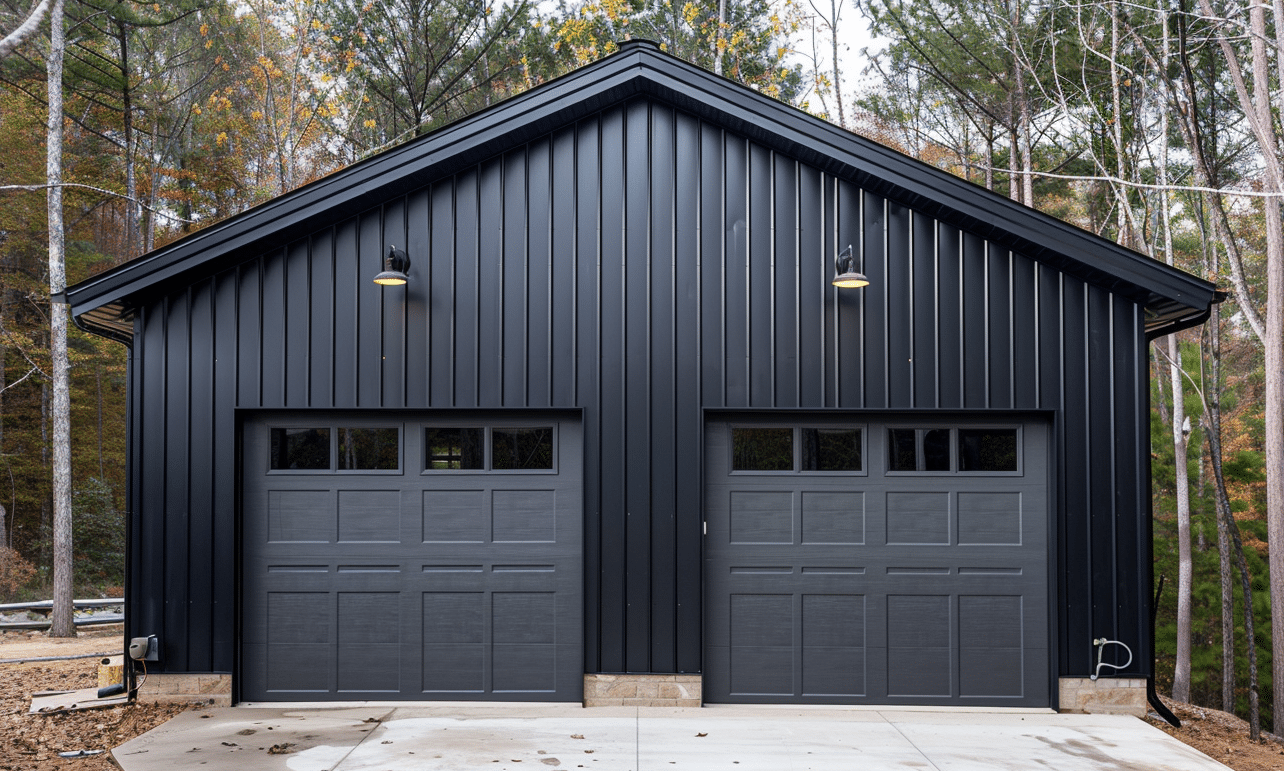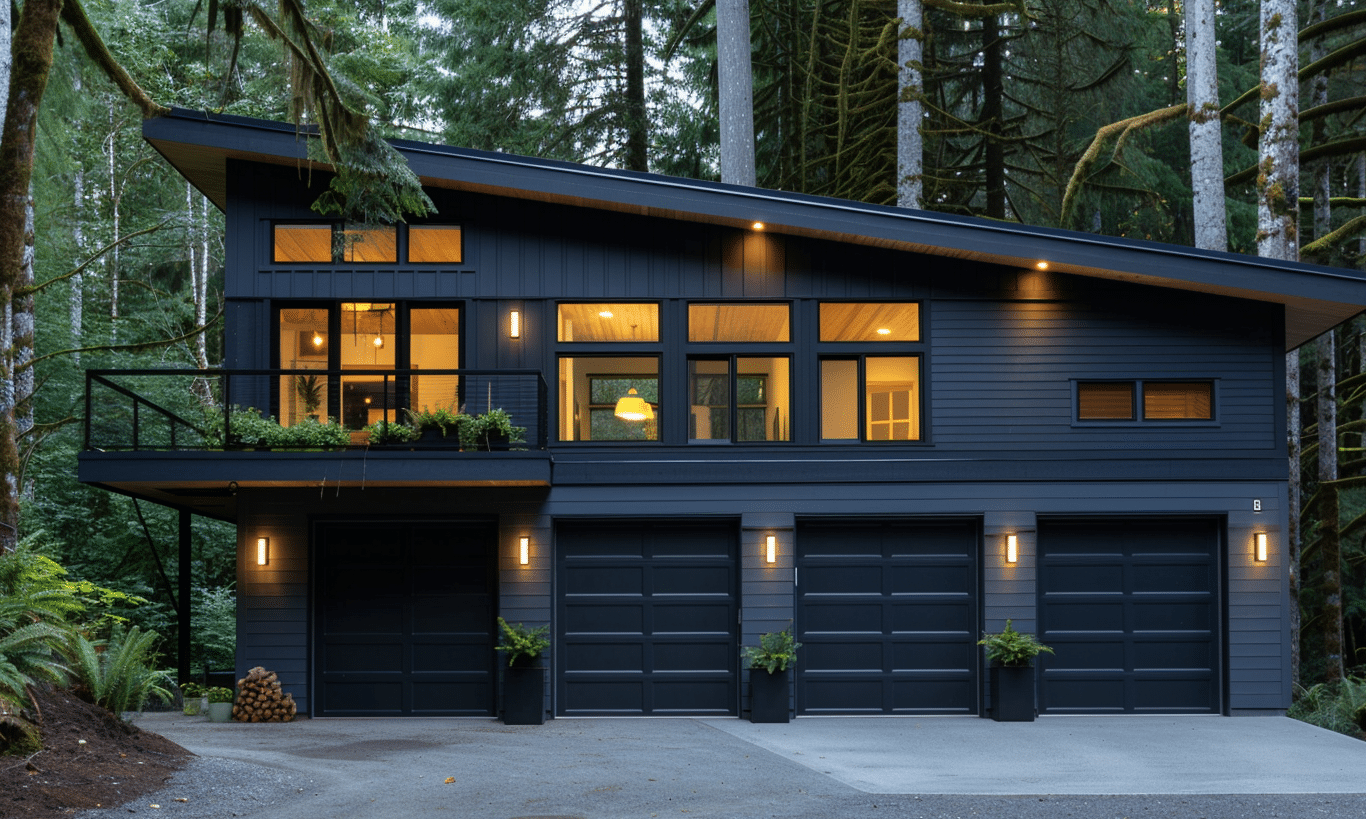The journey from conceptual design to the final delivery of a metal building kit is nothing short of a modern engineering marvel. The process transforms the grandeur of design blueprints into tangible structures that serve a myriad of purposes—from residential havens to agricultural steel buildings. But how exactly does this transformation happen? What turns heaps of cold, hard steel into the functional buildings of our dreams? Let’s delve into the intricacies of the metal building manufacturing process.
The Blueprint: Designing Metal Building Kits
At the heart of every metal building manufacturing process lies a well-crafted design. This phase is no different than standing on the precipice of possibility, where dreams and practicality meet. A keen understanding of building codes, environmental factors, and client needs guides engineers and architects in crafting designs that balance form and function. An array of customization options exist for potential metal building owners, whether they are considering Residential Metal Building Kits or expansive commercial structures.
Conceptual designs are translated into detailed blueprints, employing advanced software to simulate stress tests and ensure structural integrity. These blueprints form the roadmap for the next steps in the process, setting precise specifications for size, style, and material.
Understanding Steel Material: Choosing the Right Components
The next stage in the metal building manufacturing process involves selecting the right materials. Steel, renowned for its strength and durability, is the preferred choice. The choice of steel grades, coatings, and treatments can greatly affect the lifespan and maintenance requirements of the building.
Once the design is set, steel coils are procured from suppliers. For agricultural or industrial structures, these coils are treated to withstand the elements, ensuring that agricultural steel buildings stand resilient against environmental stressors. The steel then undergoes cutting, bending, and welding – operations performed with precision that can rival the skill of a seasoned artisan sculpting a masterpiece.
Metal Fabrication: Breathing Life into Designs
Fabrication is where the abstract design sketches start to take a more physical form. This process is akin to breathing warmth into a metallic skeleton, enabling it to stand and weather the trials of time. Computer Numerical Control (CNC) machines play a crucial role, translating digital designs into three-dimensional components with unparalleled accuracy.
Here, precision is the watchword. Lasers and water jets carve out components from steel plates, akin to how a tailor cuts fabric for a custom suit. Each piece, from beams to panels, is marked with identifiers to ensure easy assembly once on site.
Assembly Line: Quality Assurance and Packaging
Before these robust components can embark on their journey to becoming full-fledged buildings, they embark on an assembly line. Here, skilled workers and automated systems work in harmony, conducting careful inspections and spot-checks. Each panel, bolt, and beam must meet rigorous quality standards, ensuring the building’s integrity and safety.
Packaging is the final step in the assembly line. Components are bundled together thoughtfully to minimize damage during transit. It’s here that metal building kits shine in their ingenuity—packaged efficiently to ensure quick assembly upon reaching their destination. In places like Ontario, these steel building packages Ontario are essential for swift deployment, adapting quickly to the province’s varied needs.

Rustproofing and Painting: Ensuring Longevity and Aesthetic Appeal
Metal building manufacturers understand that durability and visual appeal are equally significant. Thus, the rustproofing and painting stage is critical. Much like adding a vibrant coat to a classic car, this phase enhances both the durability and aesthetic of the building.
Rustproof coatings are applied meticulously to each steel component to prevent corrosion. Beyond the technical benefits, coatings also contribute to the building’s aesthetics. Customers can choose from an array of color schemes, allowing the final structure to harmonize with its surroundings or to stand out as a landmark.
Eco-friendly Considerations: Sustainability in Manufacturing
Contemporary concerns about the environment have forced the metal building industry to pivot towards sustainable practices. A commitment to reducing waste and optimizing energy usage during the metal building manufacturing process ensures that these structures are not only strong and stylish but also eco-conscious.
Recycling is a key aspect. Any leftover steel is reused, minimizing waste. Additionally, the energy-efficient design of metal buildings reduces environmental impact significantly during their lifespan, making them an excellent choice for those concerned about sustainability.
Delivery and On-site Construction: The Final Frontier
Once the building components have passed quality assurance, they are ready for shipment. Handling logistics is crucial since these structures need to cover vast distances, from the manufacturing plant to the construction site. Yet, with well-coordinated transportation and logistic systems, metal building kits make their way safely to their final destination, akin to a bird migrating back home.
Upon arrival, on-site construction begins—a marvel of speed and efficiency. Pre-engineered components fit together seamlessly, like pieces of a giant mechanized puzzle. Depending on complexity, structures can be erected within weeks, showcasing the benefits of this streamline process for customers, including businesses like Your Building Team.

Leveraging Technology: The Role of Automation and AI
In today’s rapidly evolving landscape, automation and AI are reshaping the metal building manufacturing process. These technologies streamline operations, increase efficiency, and reduce human error, making it possible to customize structures quickly and with remarkable precision.
With AI’s predictive capabilities, manufacturers can foresee potential design issues and address them before production begins. Automation in fabrication has also decreased project times significantly, contributing to faster delivery times and reducing overall costs. It’s akin to having a master conductor leading an orchestra, ensuring every note in the building process is pitch-perfect.
The Future of Metal Buildings: Embracing Innovation
The metal building industry stands on the precipice of exciting advancements. With technology integration and sustainable practices at the forefront, the future promises breathtaking innovations in both design and construction. Customization will reach new heights as manufacturers leverage data from platforms like Chamberlain to anticipate and meet evolving consumer demands.

In conclusion, the metal building manufacturing process weaves together cutting-edge technology, thoughtful engineering, and dedication to quality. This intricate dance results in durable, customizable structures that stand as testaments to human ingenuity and innovation. Whether you’re considering a quaint residential kit or grand agricultural edifices, the possibilities are extensive and exciting. Embracing this process promises not just buildings, but legacies that endure and inspire.










